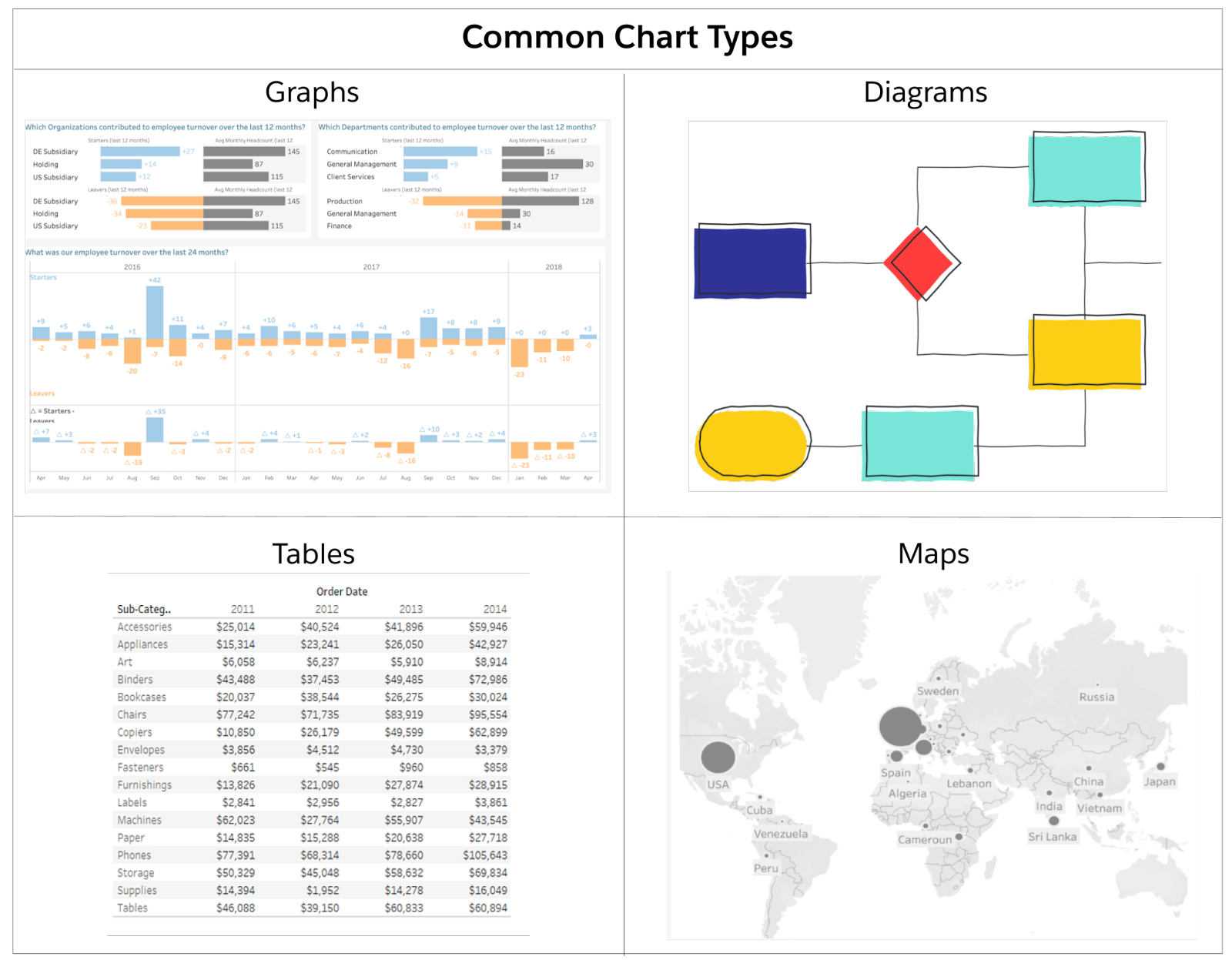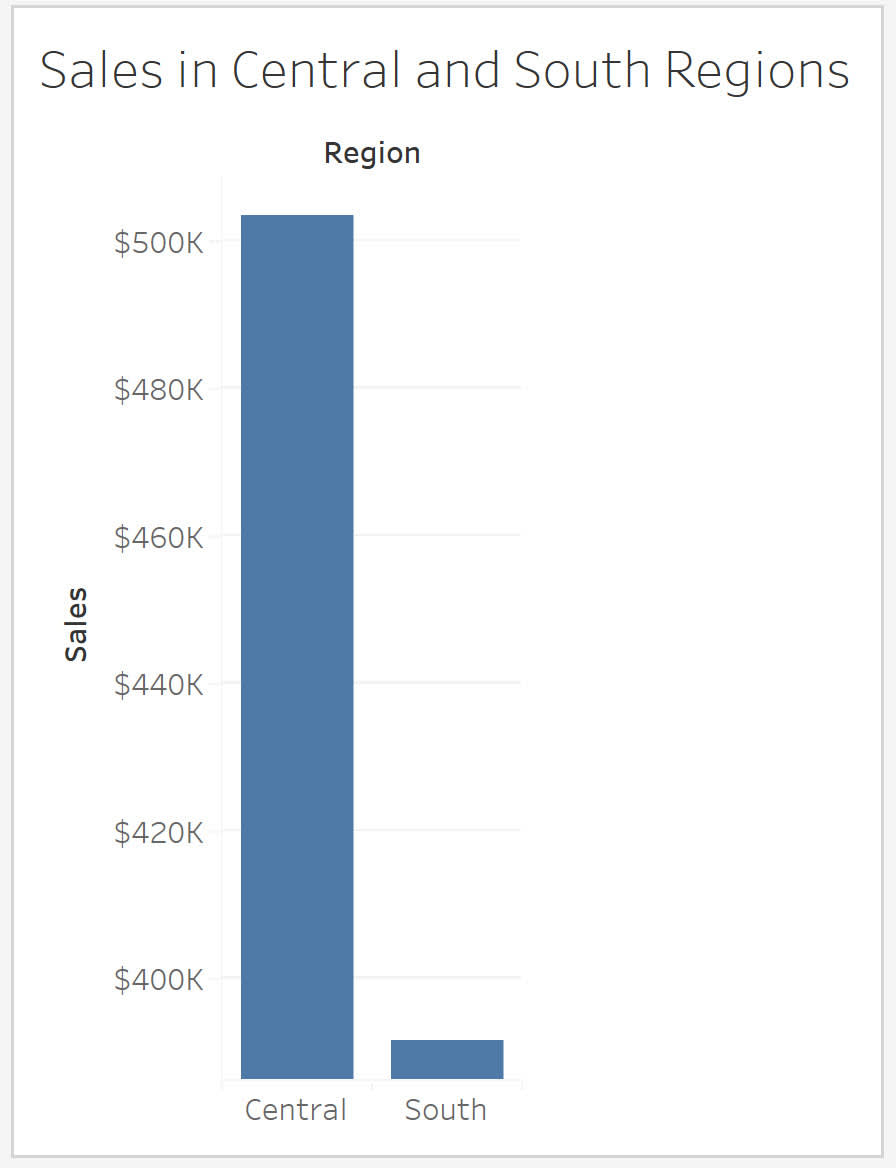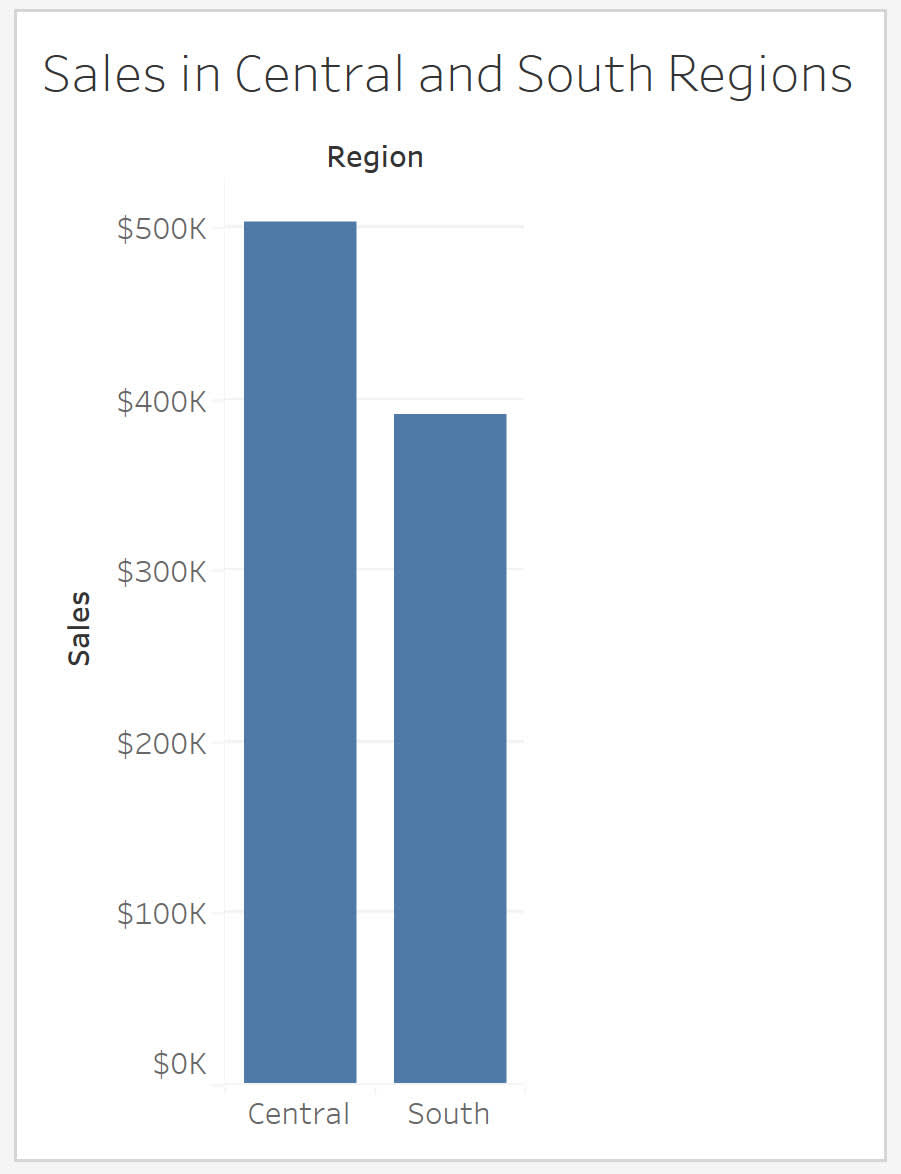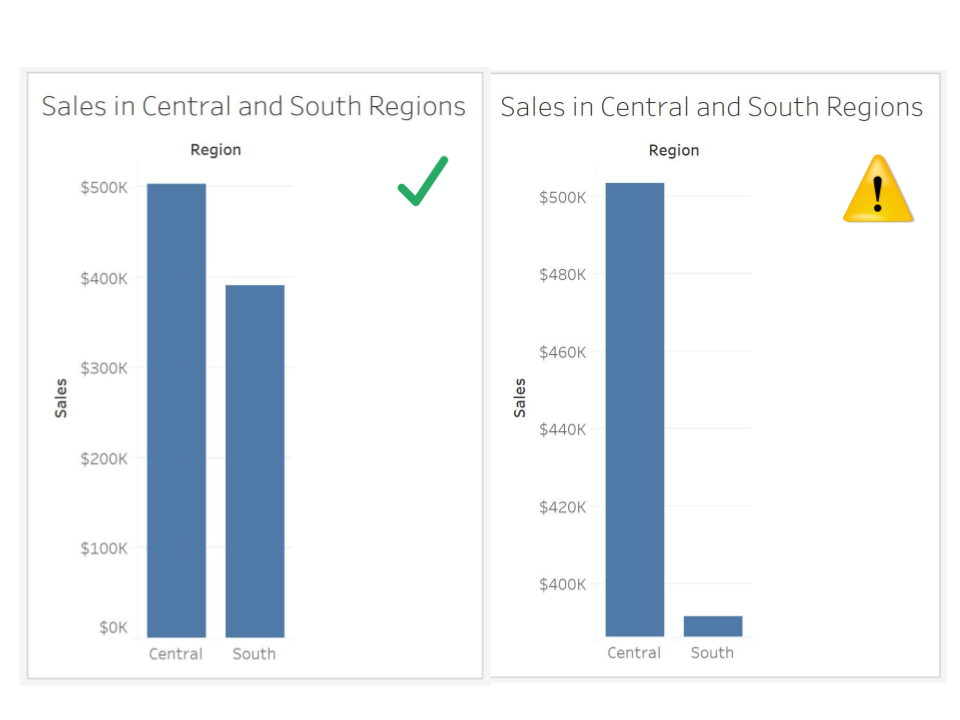Definir los gráficos confusos
Objetivos de aprendizaje
Después de completar esta unidad, podrá:
- Definir y explicar la finalidad de los gráficos.
- Describir los gráficos confusos.
Antes de empezar
Eche un vistazo a sus noticias en tiempo real de redes sociales, las fuentes de noticias en línea que consume y las aplicaciones comerciales que usa en el lugar de trabajo. En todos estos lugares, los gráficos proporcionan presentaciones visuales de datos.
En el mundo tan acelerado en el que vivimos, la capacidad de tomar decisiones con rapidez y actuar según los datos es fundamental. Pero ¿con qué frecuencia se detiene a considerar la integridad de las conclusiones extraídas de un gráfico? ¿Confía en su capacidad para explorar de forma crítica la información presentada en los gráficos? A medida que se nos presentan más datos todos los días, es nuestra responsabilidad como personas analizar cuidadosamente los datos y la forma en que los gráficos los representan.
En este módulo, aprenderá sobre prácticas confusas comunes en la forma en que se presentan los datos en los gráficos. Al tener un mayor conocimiento sobre qué buscar y cómo interpretar con precisión los datos de los gráficos, puede tomar decisiones con mayor confianza para usted y su negocio.
Nota: ¿Está interesado en aprender más sobre las habilidades de alfabetización de datos? Consulte la ruta Desarrollar la alfabetización de datos.
La finalidad de los gráficos
Según el diccionario Cambridge Dictionary, los gráficos se definen como un dibujo que muestra información de manera sencilla, normalmente utilizando líneas y curvas para mostrar cantidades. Los gráficos le ayudan a identificar relaciones o patrones en los datos de forma más rápida de lo que sería posible al revisar puntos de datos sin formato. Hay muchos tipos de gráficos, entre los cuales se incluyen las gráficas, las tablas, los diagramas y los mapas.

Por ejemplo, piense en su última factura de la luz. ¿Ha observado el gráfico de uso de electricidad que muestra su uso de electricidad este mes en comparación con los meses anteriores? Es probable que este gráfico haya captado su atención de manera más eficaz que una tabla que representara los mismos números.
Los gráficos nos ayudan a hacer comparaciones, ver tendencias, sacar conclusiones y actuar de manera mucho más eficaz. Si nota que su consumo de electricidad se disparó durante el verano, puede investigar por qué y a qué se debe. Puede decidir limitar el uso del aire acondicionado en agosto o hacer un presupuesto adecuado para gastar más en electricidad hasta el invierno. (En cualquier caso, asegúrese de mantenerse fresco. 😎)
Los gráficos también son herramientas increíblemente útiles en el lugar de trabajo. Nos ayudan a observar con qué eficacia opera una unidad de negocios y a comprender y evaluar el éxito de una iniciativa, e incluso pueden ayudar a cuestionar nuestros sesgos humanos en la gestión del rendimiento. Los gráficos pueden ayudarnos a determinar la mejor dirección de exploración en nuestros datos.
"Una buena visualización puede hacer mucho más que responder preguntas; puede ayudarle a darse cuenta que hay otras preguntas que debe responder". —Steve Wexler, experto en visualización de datos y autor de The Big Picture
Presentaciones confusas de datos
A veces, el hecho de que un gráfico informe de manera incorrecta a los espectadores puede ser algo no intencional. Por ejemplo, la persona que crea un gráfico puede comprender los datos, pero, sin darse cuenta, tomar decisiones de diseño que confundan a los demás. Eche un vistazo al siguiente gráfico de barras. A primera vista, ¿qué observa? ¿Saca alguna conclusión rápida? ¿Parece haber una diferencia considerable entre las ventas en las regiones centro y sur?

Ahora, eche un vistazo al siguiente gráfico de barras.

Ambos gráficos presentan los mismos datos, con el mismo tipo de gráfico, pero con un eje diferente. ¿Cómo influye este pequeño cambio en su conclusión?
Ahora, observe los dos gráficos de barras, uno al lado del otro.

El gráfico de barras de la izquierda tiene una línea de base cero, mientras que el gráfico de barras de la derecha tiene una línea de base de 390 000 $. El eje truncado exagera la diferencia entre las ventas totales de las dos regiones representadas y puede inducirlo al error de concluir que las ventas en la región centro son mucho más altas que las ventas en la región sur.
Los gráficos confusos están en todas partes y usted puede ayudar
A medida que aprenda a interpretar los gráficos con precisión y de manera inteligente, verá que hay gráficos engañosos a su alrededor. Encontrará gráficos engañosos en publicaciones de blogs, artículos de periódicos, publicaciones en redes sociales e incluso presentaciones profesionales.
Si desea tener una imagen más clara y precisa de nuestros datos, debe leer los gráficos de manera responsable y ayudar a otros a que también lo hagan. Las siguientes unidades proporcionan un marco sobre cómo analizar gráficos con mayor precisión y confianza para que pueda estar más informado y, por lo tanto, tomar mejores decisiones.
Recursos
- Libro: Alberto Cairo (2020): How Charts Lie: Getting Smarter About Visual Information,W.W. Norton & Company
- Libro: Alberto Cairo (2016): The Truthful Art: Data, Charts, and Maps for Communication, New Riders Publishing
- Libro: Stephen Few (2012): Show Me the Numbers: Designing Tables and Graphs to Enlighten, Analytics Press